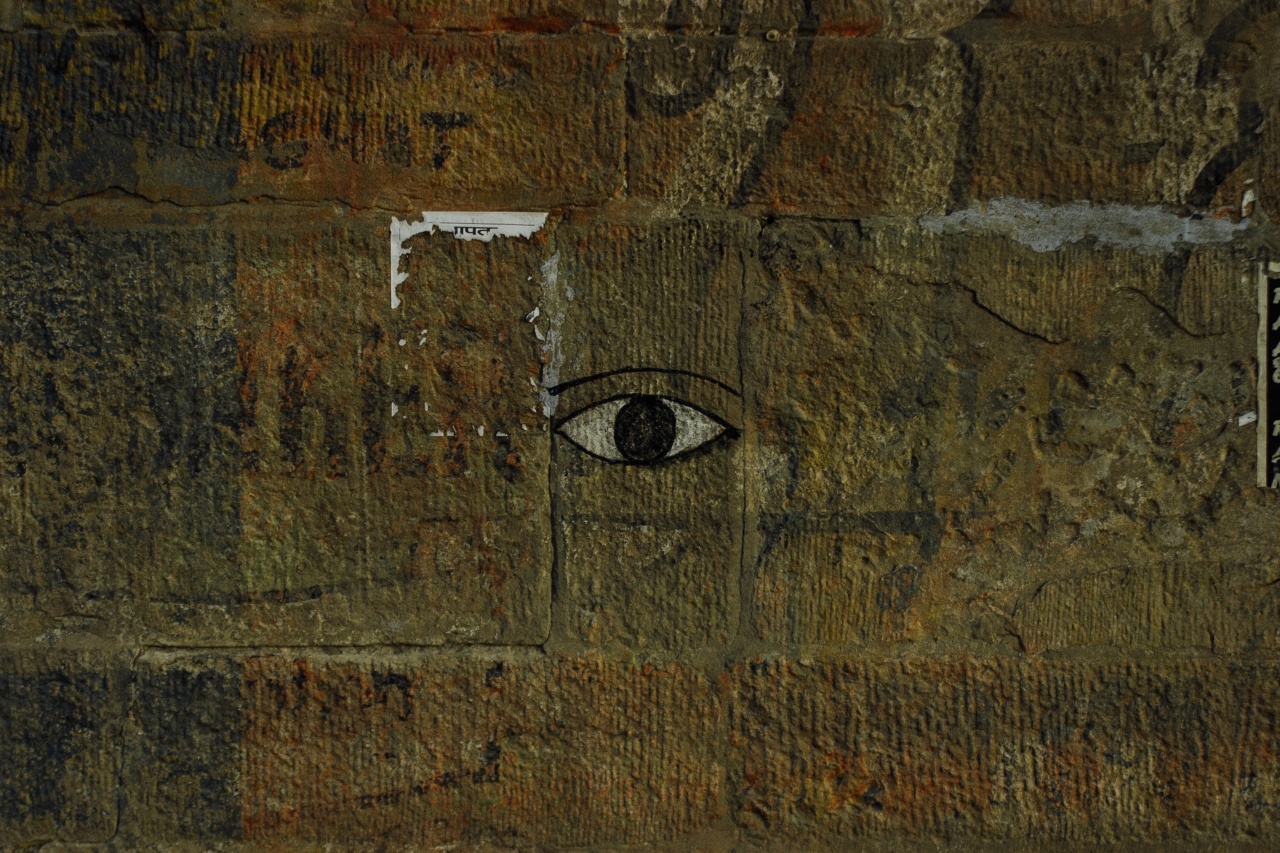Long-term contact lens use has become increasingly popular among individuals seeking an alternative to eyeglasses.
These small, thin discs made from various materials are designed to be placed directly on the eye’s cornea, correcting vision problems and allowing for clear eyesight without the need for spectacles. While contact lenses offer convenience and improved visual appearance, there are potential risks and hazards associated with their prolonged use. This article explores the eye damage and other dangers that can arise from long-term contact lens wear.
The Basics of Contact Lenses
Contact lenses are widely used for their ability to correct a variety of vision impairments, including nearsightedness, farsightedness, astigmatism, and even presbyopia.
They work by fitting directly over the cornea, changing how light enters the eye and focusing it properly on the retina. Modern contact lenses are made from materials like silicone hydrogel, which allow for better oxygen permeability and increased comfort.
The Appeal of Long-Term Use
Many individuals opt for long-term contact lens wear due to the numerous benefits they offer. Contact lenses provide a wider field of view compared to glasses, allowing for improved peripheral vision.
They are also more convenient for physical activities, as they do not obstruct movement or fog up like glasses. Additionally, contact lenses eliminate concerns related to the appearance of eyeglasses, enabling individuals to feel more confident about their physical appearance.
Risks of Long-Term Contact Lens Use
While long-term contact lens use may seem appealing, it is important to be aware of the potential risks and hazards associated with it. Failure to properly care for contact lenses or wearing them for extended periods can lead to various complications.
Eye Infections and Corneal Ulcers
One of the most significant risks of long-term contact lens use is the development of eye infections and corneal ulcers.
The lenses act as a barrier between the eye and the outside world, creating an environment that can promote the growth of bacteria and other harmful microorganisms. Failure to follow proper hygiene practices, such as cleaning lenses regularly and using appropriate disinfectants, can lead to severe infections.
Reduced Oxygen Supply
Contact lenses can potentially limit the amount of oxygen that reaches the cornea. This is especially true for lenses made from materials with poor oxygen permeability.
Prolonged lack of oxygen can lead to corneal swelling, a condition known as corneal edema. Symptoms include redness, blurred vision, and discomfort. If left untreated, corneal edema can cause long-term damage to the cornea and even lead to vision loss.
Dry Eyes and Irritation
Contact lenses can contribute to the development of dry eyes and irritation. The lenses can absorb the tear film that lubricates the eyes, leading to dryness and discomfort.
Additionally, improper fit or wearing lenses for too long can cause mechanical irritation, resulting in redness, itching, and a gritty sensation. Individuals with pre-existing dry eye syndrome may experience exacerbated symptoms with long-term contact lens use.
Allergic Reactions
Some individuals may develop allergies to the materials used in contact lenses or the contact lens solutions. Allergic reactions can manifest as redness, itching, and watery eyes.
In severe cases, they can cause swelling of the eyes and eyelids, making it extremely uncomfortable or impossible to continue wearing contact lenses.
Corneal Abrasions and Scratches
Contact lenses that are not properly handled or cleaned can accumulate debris or develop rough edges. When these lenses come into contact with the sensitive surface of the cornea, they can cause abrasions or scratches.
Corneal abrasions are painful and can lead to infections if not treated promptly. Individuals who wear contact lenses while participating in activities like swimming or sleeping are at a higher risk for corneal abrasions.
Corneal Shape Changes
Long-term contact lens wear can cause changes in the shape of the cornea. Over time, the cornea may take on the shape of the contact lens, leading to alterations in the individual’s refractive error.
This phenomenon, known as corneal warpage, can result in blurred or distorted vision even when not wearing contact lenses.
Giant Papillary Conjunctivitis (GPC)
A condition called Giant Papillary Conjunctivitis (GPC) can occur with prolonged contact lens use. GPC is characterized by inflammation of the inner lining of the eyelids, accompanied by the formation of small, raised bumps called papillae.
Symptoms include itching, redness, discomfort, and excessive mucus production. GPC can ultimately make it impossible for individuals to continue wearing contact lenses comfortably.
Contact Lens-Related Dry Eye
Contact lens-related dry eye is a chronic condition that can develop as a result of long-term lens wear. It is characterized by a persistent feeling of dryness, discomfort, and foreign body sensations.
Individuals with this condition may experience fluctuating vision throughout the day and may find it increasingly challenging to wear contact lenses comfortably.
Traumatic Events and Eye Injuries
Another hazard associated with long-term contact lens use is the increased risk of traumatic events and eye injuries. Sometimes, lenses can dislodge from the eye during physical activities or be scratched due to accidental rubbing or improper handling.
Such incidents can cause significant pain, corneal abrasions, and even more severe damage.
Conclusion
While contact lenses provide a convenient and cosmetically appealing option for vision correction, long-term use comes with potential risks and complications.
Proper care, hygiene, and adherence to the recommended wearing schedule are crucial to minimize the hazards associated with contact lens use. Regular visits to an eye care professional and open communication regarding any discomfort or changes in vision while wearing contact lenses are essential for maintaining healthy eyes and clear vision in the long run.































